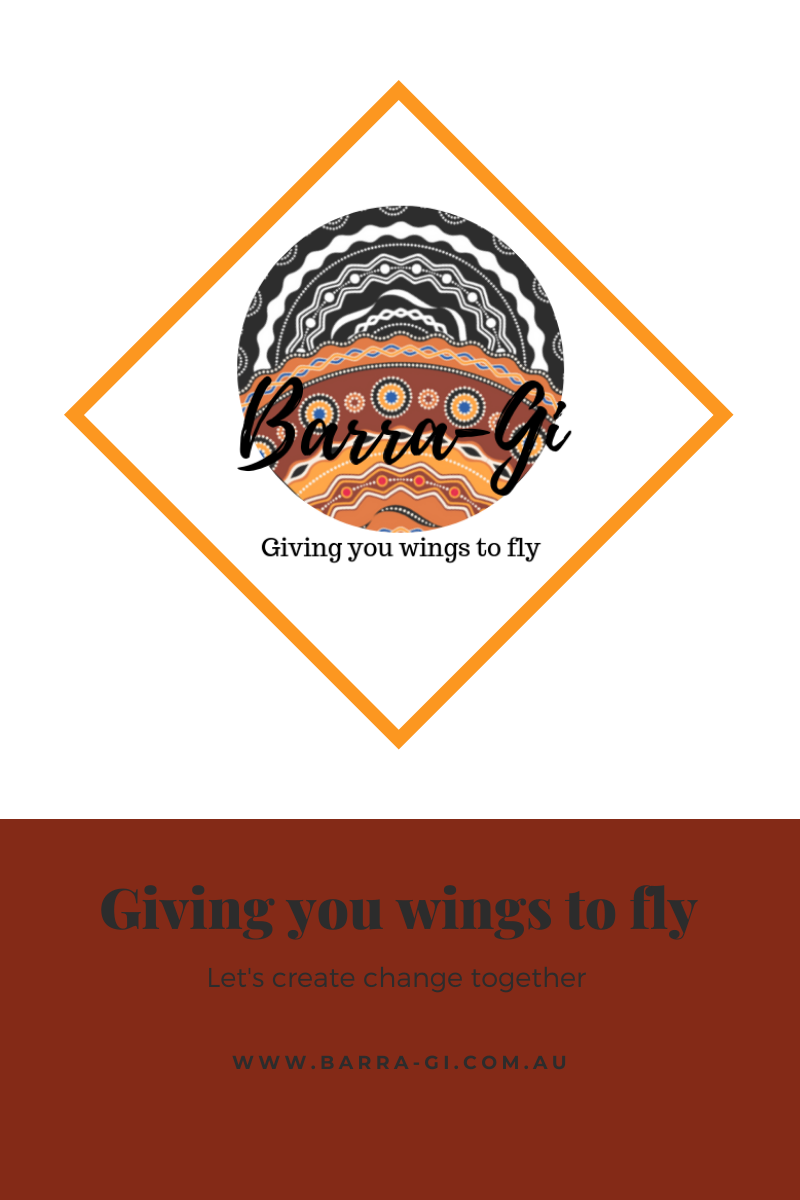
Closing the Gap: Pathways to Employment for Indigenous Youth
The facts about employment for Indigenous youth
“The employment gap between Indigenous and non-Indigenous youth increases in the years immediately following the end of compulsory schooling, and continues to widen into the 20s.” – Danielle Venn
A quick Google search about employment figures for Indigenous youth will reveal a measurable gap in employment rates between Indigenous youth and their non-Indigenous counterparts. According to the 2016 Census:
42% of Indigenous youth (aged 15-29) were both unemployed and not undertaking education or training
Of those employed, Indigenous youth are much more more likely to be engaged in casual or part-time work than full-time employment
Indigenous youth are statistically more likely to be engaged in unskilled work than their non-indigenous counterparts.
In terms of general population, Indigenous Australians are 1.9 times more likely to be unemployed than non-Indigenous peoples. With youth representing more than half of the Indigenous population, it’s imperative that something is done to assist Indigenous youth find pathways to employment, both in high-school and once schooling is completed.
The role of education
“There is a strong correlation between education attainment and employment and closing the gap.” – Jobs Australia
Depending on gender and location, indigenous youth who complete year 12 are 1.5 – 3 times more likely to be employed after school than those who do not finish their schooling. Not only that, but completing year 12 also increases the chance that Indigenous youth will find full-time work in a skilled industry, rather than unskilled part-time or casual work.
Unfortunately, the number of Indigenous youth who complete year 12 is much less than non-Indigenous Australians. 2016 Census data shows that in NSW, Indigenous youth are 23% less likely to graduate from year 12 than non-Indigenous young people. Not only that, but youth are often ill equipped to enter the workforce following school, with little understanding on how to look for, and be successful in gaining, employment. If we want to close the gap on unemployment rates for Indigenous Youth, initiatives must be implemented to assist our young people gain the skills to be competitive in the workforce.

What we can do to Close the Gap
"Engaging the unique skills and knowledge of Indigenous people can have a positive impact in all organisations. It plays a key role in assisting organisations to develop mutually beneficial Indigenous employment strategies.” - Richelle Hume, Senior HR Aboriginal Employment Consultant – Chevron Australia
The first step in evoking positive change is cultural awareness. I believe that more people need to know the facts and figures around Indigenous youth employment rates so that we can be better equipped to change those statistics. Indigenous youth should also be more aware of their own role in these statistics – do our youth want to be just another figure, or do they want to change the face of Indigenous employment in Australia?
Keeping Indigenous young people in school and educating them on how to approach job-seeking in high school is paramount to success later in life. That’s why I’ve created a resource specifically designed to assist Indigenous high-schoolers prepare for the workforce, with hands-on activities to gain skills in writing cover letters, writing resumes, and approaching businesses for employment.
Barra-gi is committed to help Close the Gap in Indigenous employment – together we can help more Indigenous young people on pathways to employment, forging a path to a better tomorrow.
Contact me today to discuss how we can affect change in the lives of Indigenous high-schoolers.


Comments